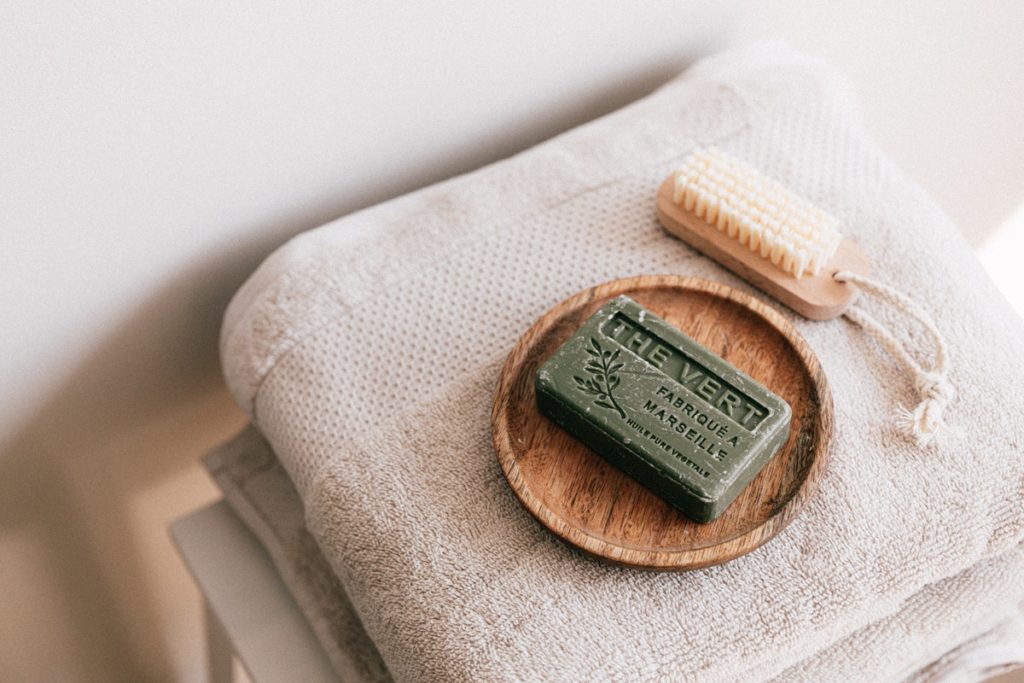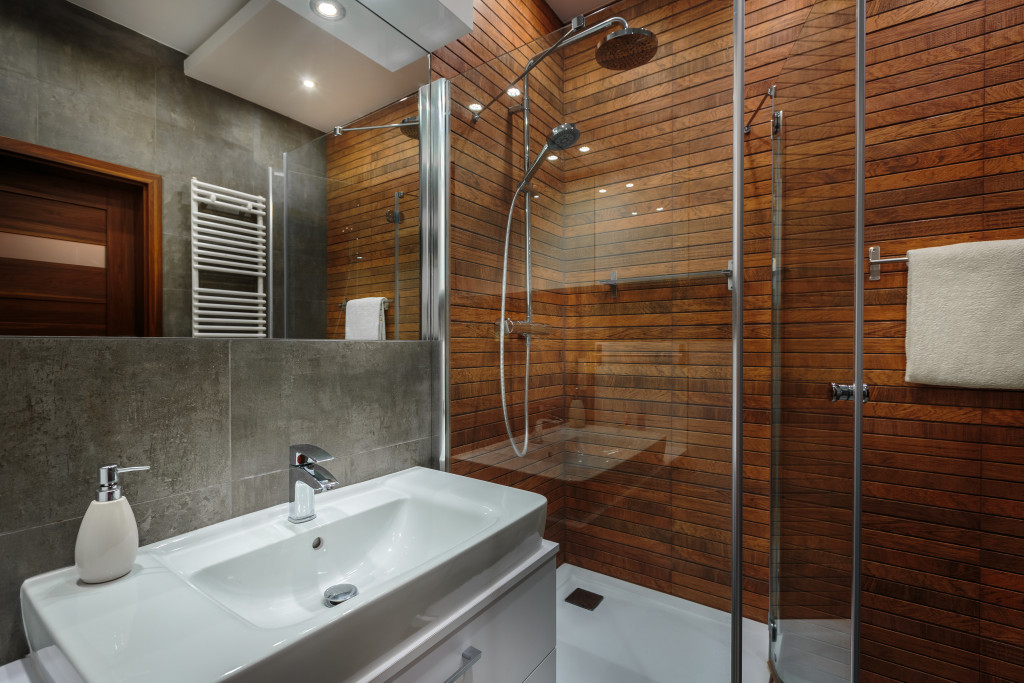For the past year, families have been taking shelter in place. But by staying home, they could also be spreading the virus. Most people catch COVID-19 from their family. A father who works, comes home, and kisses the kids can be spreading the virus. The same goes for anyone doing the groceries. But more than that risk, the family bathroom has also become a petri dish of germs and infectious opportunity.
If you have more than one bathroom at home, the suggestion is to designate the other smaller bathroom for people who go out for work or errands. No one should enter the main rooms of the home without taking a shower and scrubbing themselves clean of the possible aerosols they catch outside. When someone gets sick in the house and has to isolate, that bathroom becomes his.
But the bad news is that homes typically only have one bathroom. This means that the family has to be extra careful with disinfecting and bleaching the surfaces of the bathroom. That’s where the good news comes in: bathrooms have hard and washable surfaces so you don’t have to worry about bleaching them every day, if possible.
Change the Accessories
Family bathrooms usually have one sink only. You might want to reconsider a double-sink bathroom vanity. It is easy to install a bathroom vanity plumbing for two sinks. You can call your contractor for more details on how to go about this. The double sink will stop the spread of infections because family members won’t have to use the same sink consecutively.
You should also remove the decorative outer layer of the shower curtain. Use vinyl or plastic for the shower curtain so it is easy to wash. If possible, install a glass shower door that you can disinfect frequently.
Make Changes to the Routine
Do you always spend long hours in the tub? Forego that idea for now. Leave the tub alone unless you have thoroughly disinfected and bleached it. The tub is a harbor for germs and infectious particles. Do not spend more time in the bathroom than you need to. If others need to use the bathroom, the best thing to do is put a gap between every use. That will allow any aerosols or particles to escape through the ventilation first.
Relocate Soft Materials

At least for now, do not store towels, diapers, floor mats, washcloths, and other fabric materials in your bathroom. They could be a breeding ground for viruses, too. Do not share soap, shampoo, conditioners, and most especially, towels. Sharing is a family thing, but not with COVID-19 hanging above your heads. Store your towels and other toiletries somewhere else.
Run the Exhaust Fan
The exhaust fan in the bathroom is not just to remove the odors. It is to remove particulates that can carry airborne viruses and diseases. If you do not have an exhaust fan, install one immediately. It will help prevent your family from getting sick. If it’s not in your budget right now, you can open a window and place a regular fan facing outdoors. This little trick will help remove air particles that can carry diseases.
Go Paperless
An exposed roll of tissue paper can house viral particles. Avoid tissue paper as much as you can. It’s not environmentally friendly anyway. What you can do is install a slow-flow bidet that will use water to wash your bottom. The problem with a roll of tissue paper is that everyone touches it. You do not know what you’re wiping on your hands or face. Bidets can be self-sanitizing.
Let the Light In
There were previous reports that said that the spread of COVID-19 is slower in hot temperatures. While experts warned that this could increase rather than deter cases, there’s nothing wrong with letting the sunlight into your bathroom. If there is a window facing the sun, open that during the daytime. When there’s no way for the sun to enter the room, you can use an air-purifying machine with UVC light protection. Turn the UV light on when the bathroom is unoccupied.
Do your best to make your family bathroom (and home) resistant to COVID-19. Do not let the room be a breeding ground for germs and other infectious diseases. It is everyone’s responsibility to protect one another from contracting the virus and it all starts from the home. When the family members are following health safety protocols at home, then they won’t have problems following the same protocols anywhere else.

